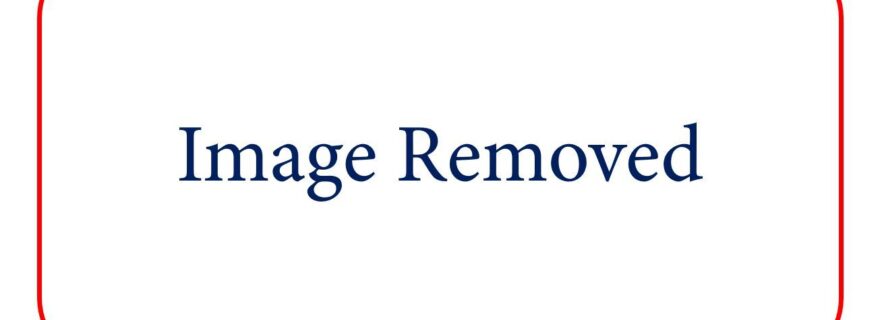Urban Public Safety
With the world’s urban population predicted only to rise, how public safety can be provided more efficiently in these booming, bustling cities is an important question.
Organized policing is a 19th century phenomenon. Of course, cities, towns and villages were policed for decades prior, but it was not until the early 1800’s that the police, as we know them today, first appeared. In fact, while colloquially we use the term 'police' to describe a vast array of different types of public policing organizations (at least in the English language), there are some noteworthy differences worth highlighting, both within and across countries.
Many police departments around the world are heavily influenced by Robert Peel’s Metropolitan Police Service (changed from ‘Metropolitan Police Force’ in 1989). Mandated in 1929, the Service was organized in reaction to increased crime and squalid conditions brought about by the rapidly urbanizing London of the Industrial Revolution. As other cities around the world burgeoned and experienced similar problems, the booming cities of Western Europe provided inspiration for the design or reform of inadequate policing services already in place (usually some form of day and night watch system).
It is this early diffusion of ideas about how public safety ought to be organized that largely explains why the police are recognizable in localities across the world. With similar paramilitary ranks and structures, spatial divisions, uniforms and guiding principles, the parallels are numerous. Nevertheless, there are naturally many differences worth highlighting as well.
From the network of kōban (small police stations) dotting the neighbourhoods of Tokyo and hybrid police-firemen in Sunnyvale, California, to the powerful acoustic gun-fire sensors being installed across cities in America, the field of Urban Public Safety will be devoted to illuminating organizational change and innovation in urban public safety.
With the world’s urban population predicted only to rise, how public safety can be provided more efficiently in these booming, bustling cities is an important question. While the 20th century wave of urbanization saw city-leaders look West for policing solutions, today's decision-makers have a plethora of city-laboratories from which to seek best-practices.


